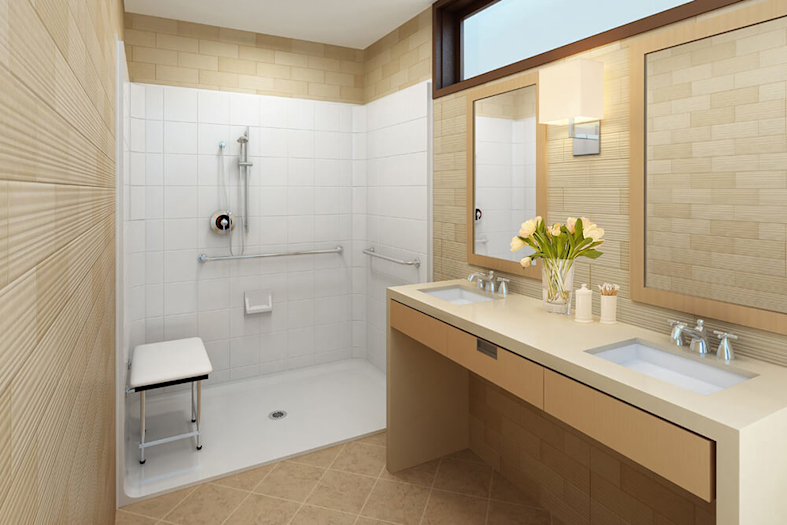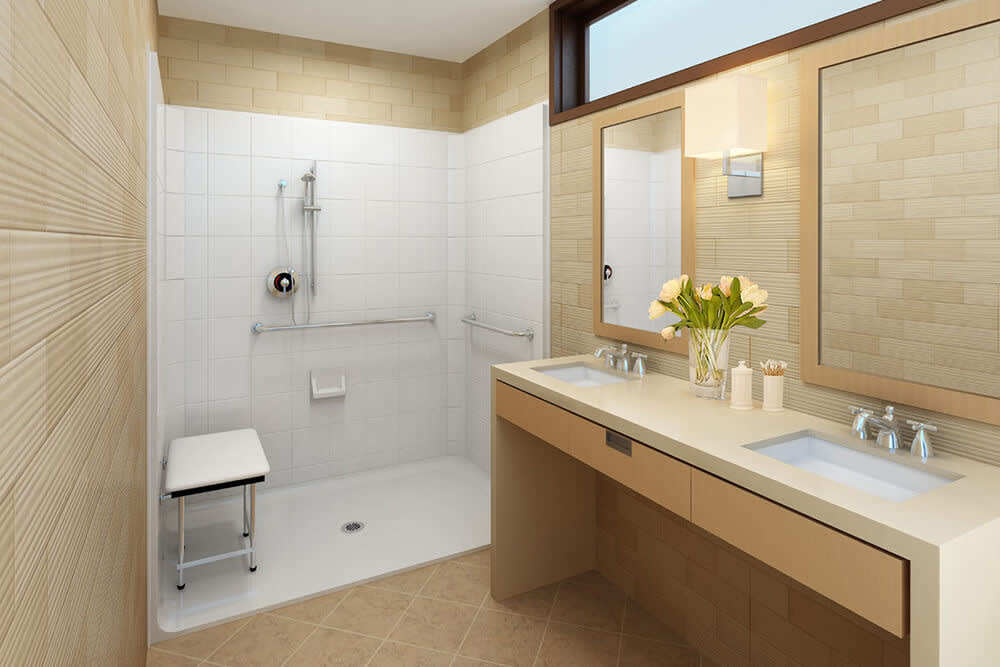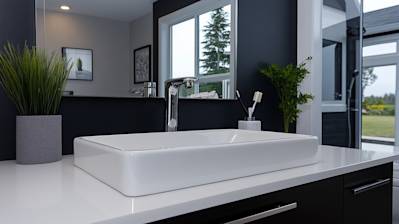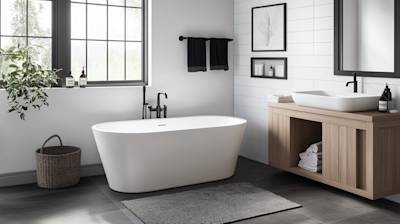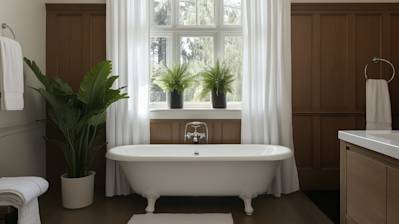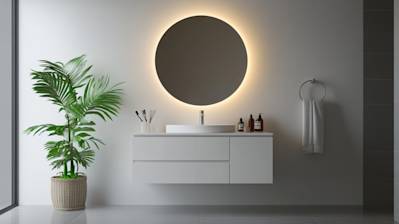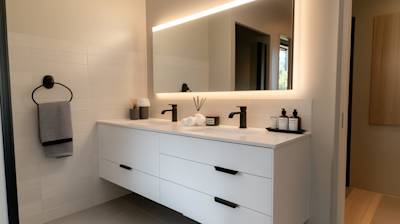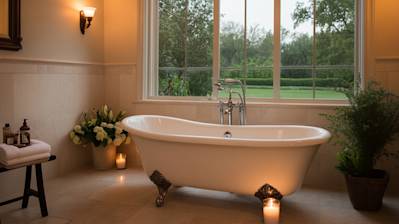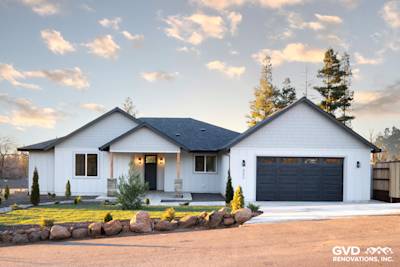The average American spends around 8 minutes in the shower every day. That means you probably spend at least 52 hours a year in the shower!
Such an important part of your home needs to fit your lifestyle. You should enjoy using it.
When many people realize that they may need a more accessible shower, they hesitate. They don't want to consider handicap showers because they don't want their bathroom to feel like a hospital.
However, custom handicap showers and even luxury handicap showers are available that combine accessibility with style.
If you've been putting off looking into accessible showers, now is an excellent time to start. Find out here what your options are so you can make a more informed choice.
What Is an Accessible Shower?
Accessible or handicap showers have design elements that allow anyone to use them comfortably and safely.
Getting in and out should be easy. Bathers should be able to reach the shower controls, soap, shampoo, and other items without straining or needing assistance. A shower seat, grab bars or handholds, and slip-resistant flooring is another important feature.
ADA (Americans with Disabilities Act) showers are similar to accessible showers. The ADA has strict requirements for accessibility, so ADA showers have additional features that meet these regulations.
The ADA regulates commercial and public buildings. Most residential homes don't need a fully ADA-compliant shower.
Walk-In Bathtub
A walk-in bathtub is a tub with a watertight door. The bather steps over a low threshold to get in and the tub fills with water when the door closes. After the water drains, the bather opens the door and steps out.
Some tubs accommodate wheelchairs and walkers. Almost the entire front of the tub opens to allow easy transfer from the wheelchair to the seat in the tub.
Walk-in bathtubs reduce the risk of falling because the threshold is much lower than a traditional bathtub.
A range of options are available for walk-in tubs. There are many brands to choose from. Some models have massaging water jets. Others have air jets, aromatherapy, or colored lights.
Pros and Cons of Walk-in Tubs
Walk-in tubs are deeper than traditional tubs, so you get a more immersive and therapeutic experience.
However, a walk-in tub can use up to twice as much water as a traditional tub. You should check to be sure your water heater will be able to supply enough warm water.
A walk-in tub can take up to 15 minutes to fill or drain. Some models have fast-fill and drain capabilities, but you'll still be spending a lot of time sitting in the tub waiting.
Walk-in tubs can be expensive to purchase and install. They offer many features that you won't have to buy separately afterward, however. Most importantly, you can continue to safely enjoy the health benefits and pleasure of a bath.
Low-Threshold or Barrier-Free Shower
A low-threshold shower has only a small lip to step over. A barrier-free shower doesn't have a lip. A wheelchair can roll into these showers.
A low-threshold shower reduces the risk of falling. You don't need to try to step over a high tub wall.
Pros and Cons of Low-Threshold and Barrier-Free Showers
Low-threshold showers are easy to clean. They don't have the corners and crevices of a traditional shower, and they don't use grout.
Low-threshold showers make your bathroom feel more open and spacious. However, they offer less privacy than a traditional shower.
One major challenge with a low-threshold or barrier-free shower is preventing water from splashing outside of the shower. The pan slopes towards the drain, which helps address this issue. A rain head shower fixture will keep the water in a smaller area.
In a low-threshold shower, you can use a collapsible water retainer or water dam on the threshold. A weighted shower curtain helps to keep the water in the shower as well.
Heat escapes the shower as well, which makes it colder. Heated flooring can address this issue, but it adds to the cost of the shower.
Despite some potential drawbacks, a low-threshold or barrier-free shower is an attractive way to make your bathroom safer.
Wet Bathroom
A wet bathroom takes a barrier-free shower one step farther. You don't need to worry about water getting out of the shower because the entire bathroom is finished so that all the surfaces can get wet. Wet bathrooms and barrier-free showers are a popular design trend, even beyond their accessibility benefits.
Pros and Cons of a Wet Bathroom
Wet bathrooms are very easy to clean. They are a very good option for small bathrooms, and they make your space look contemporary and stylish.
One disadvantage is that if something blocks the shower drain, water can spill out of the bathroom into the rest of your home. Raising the threshold of the bathroom can help address this issue. Raising the threshold too much will reduce the accessibility, though.
Placing the drain as far away from the door as possible also helps prevent water from getting out.
Heat will escape from the shower in a wet bathroom. Heated flooring will make the shower warmer, and it will also help dry the floor after you finish.
Wet bathrooms can be expensive because you need tile from the floor to the ceiling. The floor will be wet, so choosing a non-slip surface is especially important.
Wet bathrooms aren't the right choice for everyone, but they are a contemporary trend that also provides accessibility.
Accessories
No matter which type of handicap shower you choose, you have other accessories to consider. Here are three things to think about.
Shower Seat
A wall-mounted shower seat is more stable than a portable one. A bench-style seat has more space. You can sit down easier, and you have room to set down your washcloth or other items.
Shower Controls and Shower Head
The shower controls need to be within reach of the shower seat. A single lever-style shower control is the easiest to use.
Consider a handheld shower head instead of one that is fixed to the wall. Wall-mounted shower heads are usually too far away from where a seated bather is trying to take their shower. Various types of adjustable shower heads are available.
Storage
You need enough storage space for shampoo, soap, and other items within reach of the seat. You also need a towel rack or hook that is easy to reach.
Designing Handicap Showers
An accessible shower doesn't have to remind you of visiting the hospital. With all of the options available today, handicap showers should feel more like a luxury spa than a clinical facility.
A bathroom design professional will work with you to find the best options for your situation and your budget. Contact us today for a design consultation and estimate.
Tags: handicap showers,



